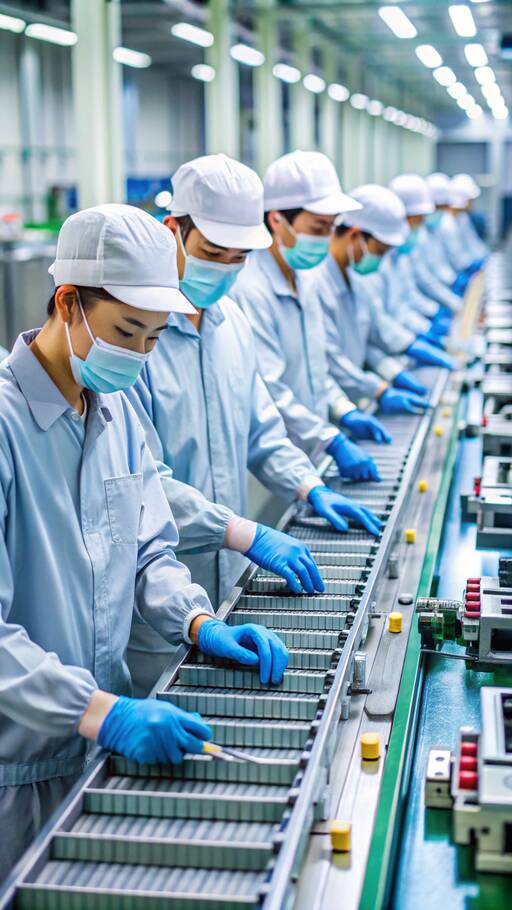
Honda’s latest development marks an essential early step towards mass-producing solid-state batteries for its range of vehicles. This advancement will allow Honda to refine manufacturing practices, enhance design efficiencies, and prepare its production lines for the upcoming technological wave. The new 295,000 sq-ft. facility functions as a demonstration line, a testing ground for this innovative approach.
The production of these batteries involves several critical stages:
- Weighing and Mixing: Electrode materials are expertly combined.
- Coating and Pressing: The electrode assembly undergoes coating and roll pressing.
- Cell Formation and Assembly: Cells are shaped, followed by module assembly.
Each step incorporates rigorous quality control and verification. Starting January 2025, Honda will examine mass production techniques and cost-efficiency while refining battery cell specifications.
Honda's specific aims include enhancing the contact between electrolyte and electrodes in each cell, streamlining assembly processes, and minimizing production time. Furthermore, they aspire to cut indirect costs, such as power consumption, while maintaining the necessary low dew point environment for safety and performance.
With a cutting-edge facility designed for cost reduction and technological advancement, Honda expects solid-state batteries to be mass-produced in the second half of the 2020s. Aimed at addressing traditional EV challenges like range, cost, and charging speed, this marks a pivotal milestone for Japan and the advancement of electric vehicles.
Honda is steering towards a future with solid-state batteries starting limited production as a precursor to mass adoption. By setting up a specialized facility, it aims to refine production techniques and address prevalent EV drawbacks, gearing up for a revolutionary shift in the automotive landscape.